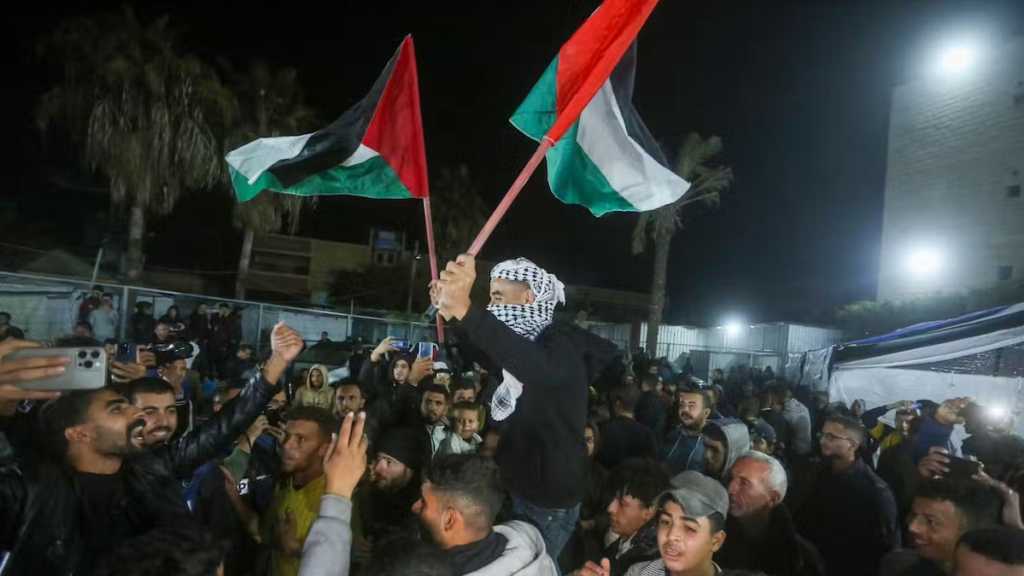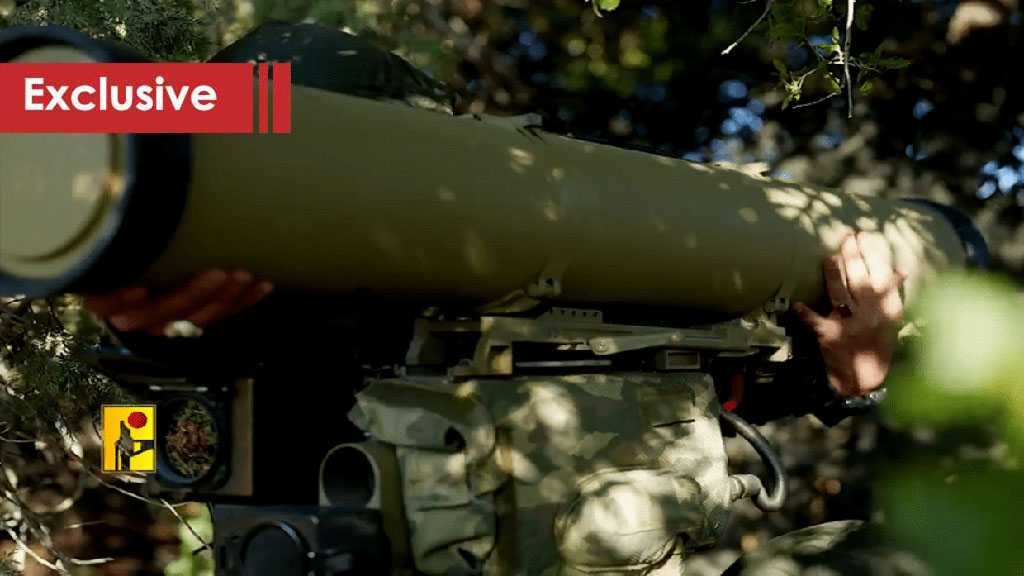Hamas Victory in Gaza: A Symbol of Resilience

By Mohamad Hammoud
Once again, the will of the people has triumphed over the sword. The recent conflict in Gaza has highlighted a significant narrative: despite the destruction of their homes and lives, the people of Gaza have demonstrated remarkable resilience in the face of adversity. They have shown the world that their determination to live freely is far stronger than the heaviest bombs dropped on their homes, and their attachment to the land is inseparable, even at the cost of their lives. They would rather die and be buried in their homeland than depart from their ancestral home.
Despite fifteen months of relentless bombardment by "Israel," which has devastated large parts of Gaza, the loss of over 46,000 lives—the majority of whom were civilians—and the displacement of around 90% of Gaza's population, the people refuse to surrender or raise the white flag. This steadfastness symbolizes the indomitable spirit of resistance and underscores the failure of "Israel's" military strategies to break the will of the Palestinian population.
The Resilience of Gaza: "Israel's" Pyrrhic Victory
Despite its military superiority and unwavering support from the United States, "Israel" has faced significant losses, both in human lives and economically, during its recent conflict with Gaza. Since the start of the "Israeli" ground invasion in October 2024, casualties among "Israeli" soldiers have been substantial. Some media estimates suggest that the number of “Israeli” soldiers killed and wounded may exceed 10,000. Many of these soldiers have sustained serious injuries, and a significant number are facing psychological trauma due to the intense conditions of the conflict. The psychological impact also took a toll on the "Israeli" population, many of whom spent extended periods in bomb shelters.
This staggering number reflects not only the intensity of the fighting but also the determination of Palestinian fighters, who, despite being heavily outgunned, managed to inflict considerable damage on "Israeli" forces. The resilience demonstrated by Hamas fighters, who have continued to engage the "Israeli" military against overwhelming odds, paints a picture of a movement that refuses to surrender.
The "Iron Dome," often regarded as one of the world's most advanced missile “defense” systems, struggled to cope with the sheer volume of rocket fire from Gaza and South Lebanon, revealing vulnerabilities in "Israel's" defense capabilities.
Economic Implications of the War
The economic impact of the war on "Israel" has been staggering. The prolonged conflict severely disrupted daily life and business operations, particularly in southern "Israel," where rocket fire was most concentrated. The tourism sector, a vital component of the economy, faced significant setbacks as international travelers canceled plans due to security concerns.
Reconstruction of damaged infrastructure and compensation for affected citizens have further exacerbated the economic burden. The conflict has also led to a decline in foreign investments, as perceptions of "Israel" as a stable and secure destination have diminished. The costs associated with deploying thousands of soldiers, maintaining the Iron Dome system, and conducting extensive military operations have drained resources that could have been allocated to development initiatives.
By the end of 2024, the total economic cost was estimated at approximately $67.57 billion, according to the “Bank of Israel”. This figure includes direct military expenditures, civilian costs, and lost revenue. The financial strain has sparked intense discussions within "Israel" about reallocating revenue from natural gas resources in the Mediterranean, which were initially earmarked for healthcare and education but are now being considered for military spending.
Additionally, the “Nagel Committee” has proposed an extra $74 billion for military over the next decade, aiming to enhance "Israel's" multi-layered air “defense” systems and secure the Jordan Valley border.
The Spirit of Resistance
While "Israel" relied on advanced technology and military might, Hamas's strength lay in its ability to galvanize the support of the Palestinian people and maintain their resolve under extreme conditions. The people of Gaza, despite enduring immense suffering, demonstrated remarkable unity and solidarity. For every building destroyed and every life lost, the resolve to resist occupation and demand justice grew stronger.
Hamas’s ability to continue launching rockets, even amid relentless airstrikes, is a testament to its organizational capabilities and the support it enjoys among the Palestinian people. The movement’s resilience sends a clear message: no amount of military aggression can crush the spirit of a people determined to reclaim their rights.
Moreover, the conflict has sparked a resurgence of support for Hamas within Gaza and beyond. Many view the group as a symbol of resistance against oppression, and its capacity to stand firm against the "Israeli" military has garnered admiration among Palestinians and supporters worldwide. The narrative of Hamas as defenders of Palestinian rights is likely to be reinforced, fueling recruitment and solidarity among those who oppose "Israeli" policies in the region.
Conclusion
The recent war in Gaza was not just a battle over territory; it was a clash of narratives, resilience, and the enduring struggle for justice. Despite its advanced military and economic resources, "Israel" failed to achieve its objectives, while Hamas emerged as a symbol of defiance and resistance. The economic and human toll on "Israel" underscores the limitations of military force in resolving a deeply rooted conflict. For the people of Gaza, their steadfastness serves as a beacon of hope and a reminder that justice cannot be bombed into submission.



